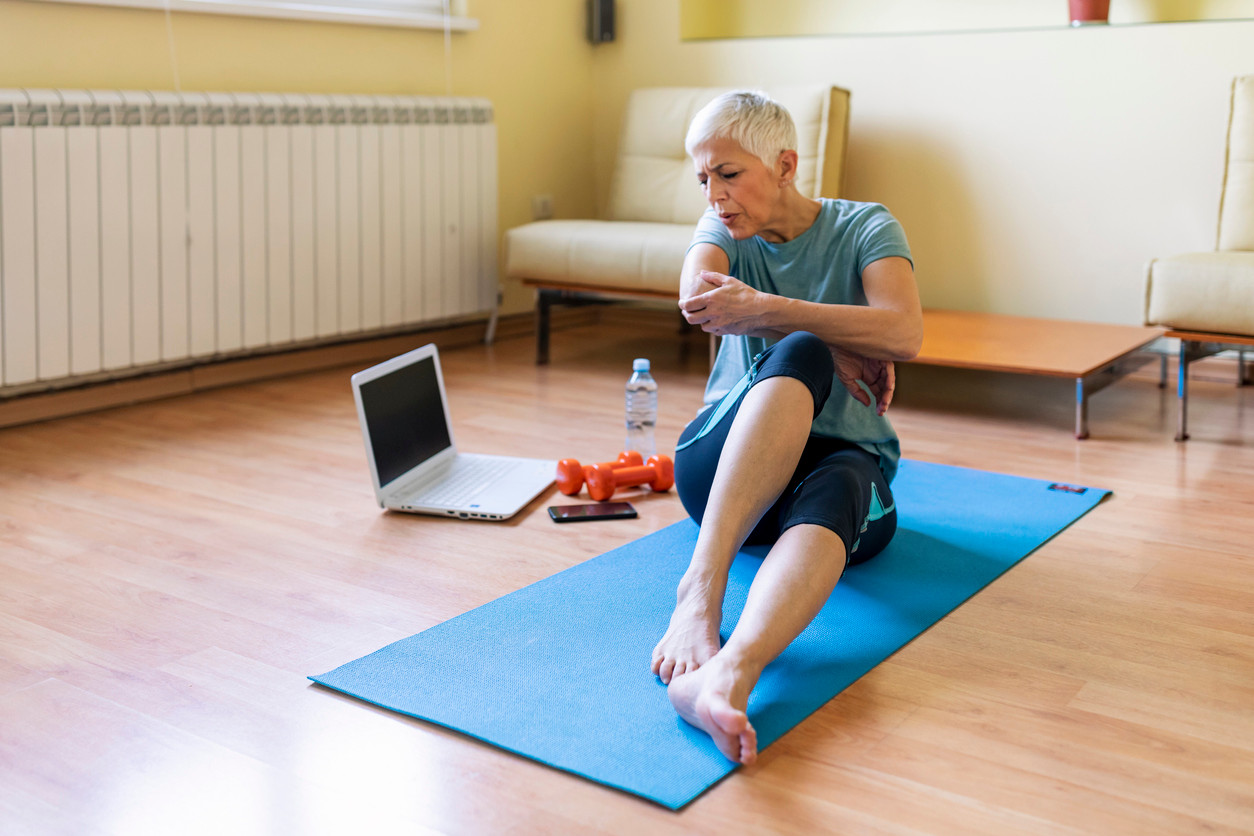Codo de tenista: qué es y los mejores ejercicios para aliviar el dolor
Aprende sobre el codo de tenista y qué puede causarlo, además de los tratamientos recomendados por los fisioterapeutas.
$0 costo para usted
Fecha de Publicación: May 12, 2023
El índice
Fully covered elbow pain relief
Find relief from elbow pain, tennis elbow, elbow sprain, & more.
Check if I'm eligible- Extensión de muñeca resistida
- Estiramiento extensor de muñeca
- Agarre de toalla
- Rotaciones de muñeca
- Deslizamiento radial del nervio
